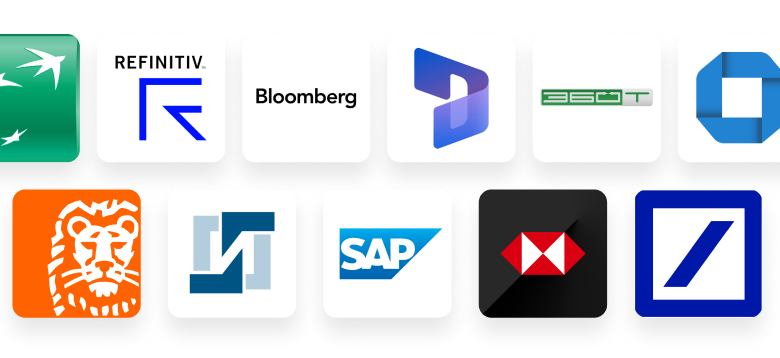Solutions
Bank connectivity
as a service
Connect to over 10 000 banks globally. Fully managed connections and file format conversions between your banks, ERP, and financial systems.

The easiest way to connect to your banks
We facilitate effortless two-way communication with any bank globally – in a fully managed fashion.
Fully managed connections
Leverage Nomentia’s network of bank connections. We build and maintain any connection that you require even if it’s not yet part of our network.
Zero maintenance for your team
We maintain the bank connections so your information exchange always works even if the banks implement changes on their end.
System integrations
Connect banks with any ERP system or other financial system to attain all relevant cash flows insights from every single connected bank account.
Connect and interact with all your global banking partners
Connect to any bank globally
Our managed bank connections support the optimization of financial operations, while it improves efficiency and enhances security.
- Connect with banks across the globe through host-to-host connections, local connections (EBICS), or SWIFT Alliance Lite2 for Business
- Two-way communication between your banks and treasury management system, any other financial systems, or ERP(s)
- Send payment files to the bank automatically in the bank's format
- Get confirmations from the bank in your system's format
- Setting up integrations between the banks and your systems when necessary
- Supporting a variety of communication protocols, such as SFTP, FTP, APIs, REST API, Web Services, and more
- The bank connectivity as a service solution can be used without using other Nomentia solutions
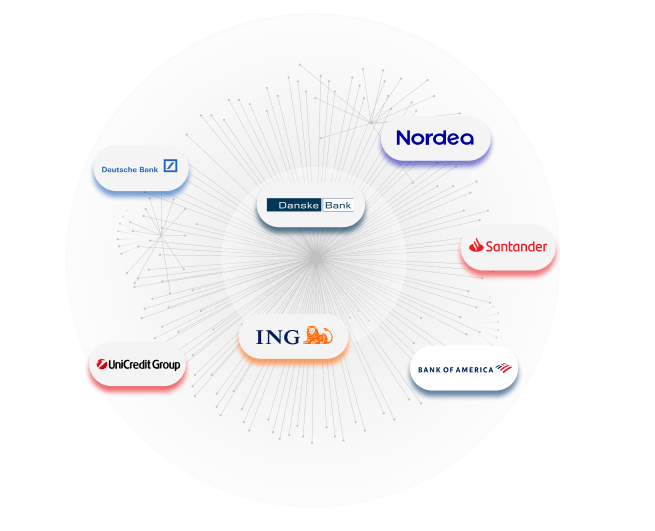
Live Bank Integrations
We have established thousands of bank connections. Here are a few examples.
Region
Live Bank Integrations
We have established thousands of bank connections. Here are a few examples.
Can't find your bank?
We offer thousands of bank connections but can't list all of them here. Contact our team to see if we can connect to your bank or build a new connection for you.
Building integrations for better communication
For improved automation between your core systems, you can connect with any ERP system, for example, SAP, Oracle NetSuite, Microsoft, Sage, and more, via API or SFTP.
- It’s possible to connect with any other financial system or even HR systems
- Integrations with any treasury management system (TMS)
- Establishing connections with any other system where payment files are located
- We develop the data mapping and take care of the data format conversions to ensure uninterrupted communication between your systems
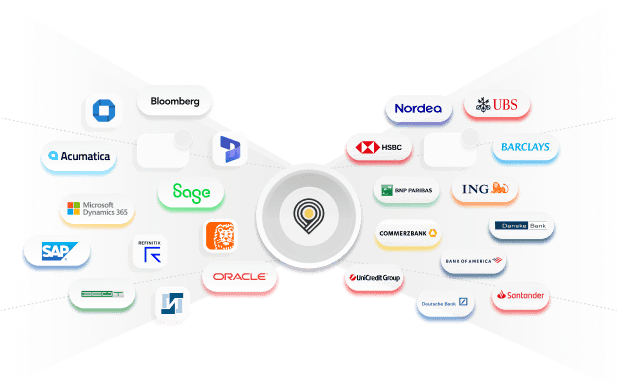
Zero maintenance for your team –
we manage your bank connections
Our team is monitoring and maintaining all connections to ensure that your operations can continue even if banks make changes on their end.
- The solution is monitored and maintained by Nomentia
- As banks change something on their end, we adjust the solution
- Nomentia works with your IT team when there are changes on your end
- The solution is hosted on Microsoft Azure to ensure the highest possible security
- Nomentia holds the following certifications:
ISO/IEC 27001 Information Security Management System (ISMS),
ISAE 3402 TYPE 2 and SWIFT Certified Application (Cash Management for Corporates and CSP compliance)

Trusted by 1400+ customers worldwide
Doreen Lenk
Manager, Group Treasury & Risk Management, Brita GmbH
Doreen Lenk
Manager, Group Treasury & Risk Management, Brita GmbH













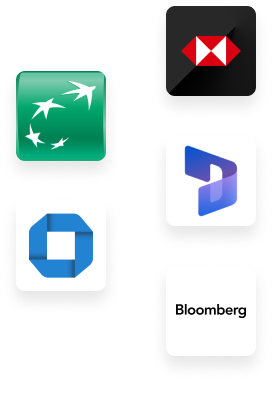
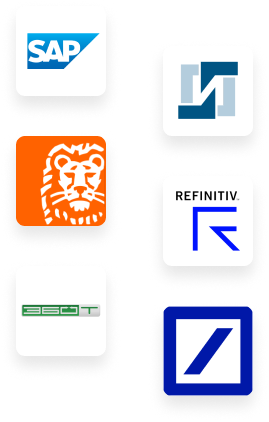
Integrate with the tools
you rely on every day
Nomentia integrates with the banks, systems and tools you use everyday.
Find out more